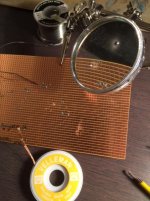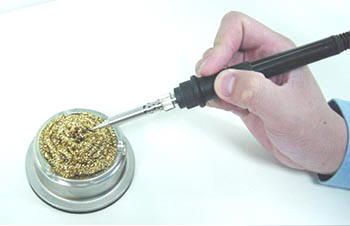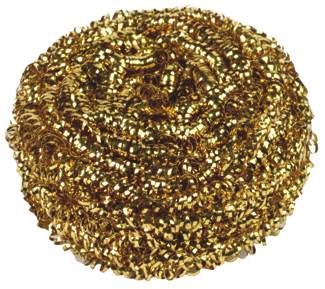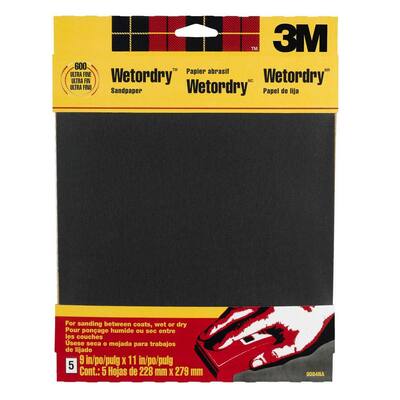Well you have been all very kind in your responses last month. So I figured I would post again to tell you how it went.
After the last post, I realized that although I probably could become sufficient at using a soldering iron, wick, solder sucker etc... it was going to take a significant amount of practicing and time to do so.
So instead, I broke down, and violated a rule I was trying to adhere to since the beginning, and bought a full solder / desolder station. Interesting enough, I searched and searched until I found a variation on the $150 ZD-985, and found a German site (reichelt elektronik) that sold the combination ZD-987 for 180 EUR. Blew my budget to smithereens (originally max $30), and I think at current tally, between the $60 true serial mouse, various parts, the RTC, the 100 EUR worth of supplies I bought earlier... I'm probably sitting at around $450 easy for a box that's probably worth $1.40 in copper recycling.
Although I realize it was a bit ridiculous to spend this amount of money that was entirely intended to be a month long trip down memory lane in November last year - also realized if I really wanted to fiddle any further and reduce the risk of damaging this thing which would have meant throwing away the previous $200 worth of investment I already spent at that point - I wanted to succeed.
After receiving the packages, and taking literally several weeks of courage, finally took it apart yesterday. Here's the way the chip was seated prior:
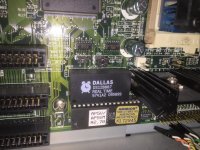
Clearly soldered right up against the board - and at least a couple layers to deal with.
Looking at the back can see clearly the configuration with a few pins not coming through the board - so this was my gal.
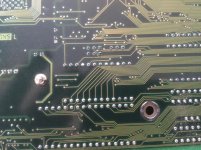
So I pulled apart the entire computer - took out a modem, graphics card, and sound card, IDE connectors, CPU fan, etc... took about 2 hours being careful to note everything I did so I could put it back together.
Using the ZD-987 was a DREAM compared to what I was using before. I mean really night / day. I practice awhile and even using that "test board" i bought before, I was quickly able to solder and desolder one of those sockets. Even my wife joined in, and was able to desolder with the gun. Extremely impressive kit.
It did take a few tries however, especially with pin 1 which I thought I sucked out the solder the first time but ended up putting solder back in (as per all those YouTube videos you guys mentioned before) so I could do it again. After a big of wriggling, I got out the old RTC. Soldering the new socket in was easier than I imaged with the new solder gun, used a smaller gauge solder this time as well. At the end the socket went in, even though I opted to bend the unused pins in stead of trying to clip them.
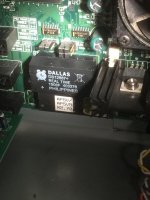
Overall the whole process probably took less than 4 hours. I was shocked.
Moment of truth - I get a "
CMOS Checksum ERROR" upon boot. I'm like... crap... that's all she wrote! I went into the BIOS, setup the new system time and rebooted again.
IT WORKED!
Booted into Win95... everything was back.
Finally!
Now... on to the ORIGINAL part of my plan... playing with the USB option in Win95. Perhaps a fools errand, given some of the stability issues, but hey - I've already proven how nuts I am with just the RTC chip.
Why stop now?



